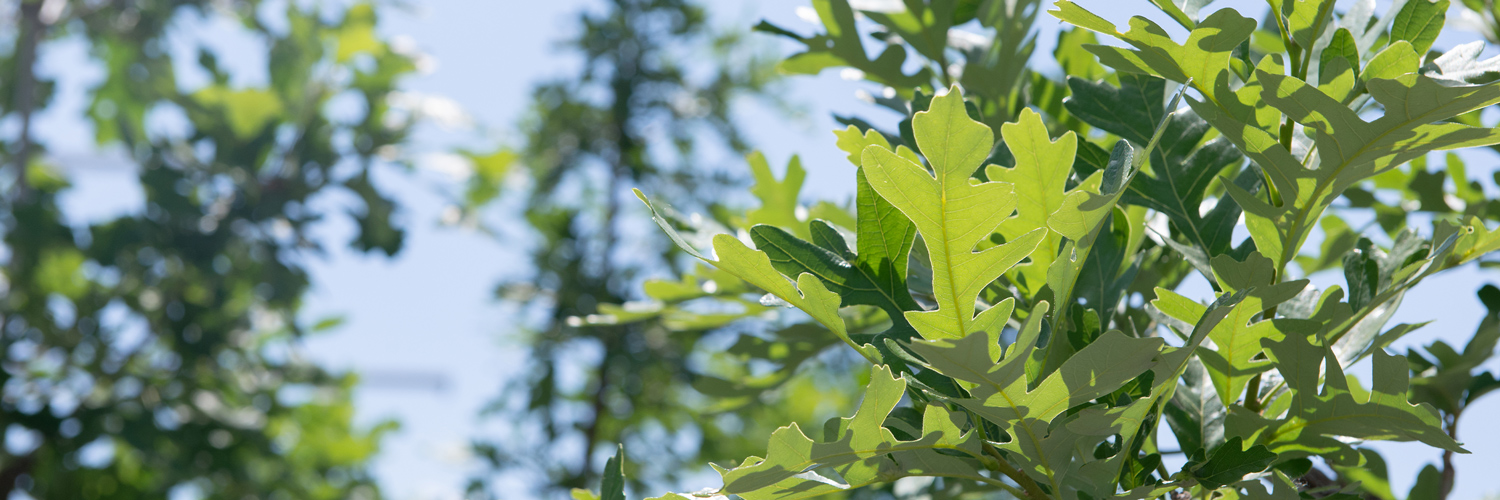
Growing strong plants to create strong community forests is a passion for Heather and Brian Byers, owners of Great Plains Nursery near Weston, Nebraska and one of our partner growers. The Byers and their team collect seeds from across the state and the region to grow the native trees and shrubs at their family-owned nursery – including the one-of-a kind ‘Relict’ bur oak that has captured people’s attention for generations. Here we share the story behind this special tree and the level of care that goes into growing these and other locally native trees at the Byers’ nursery.
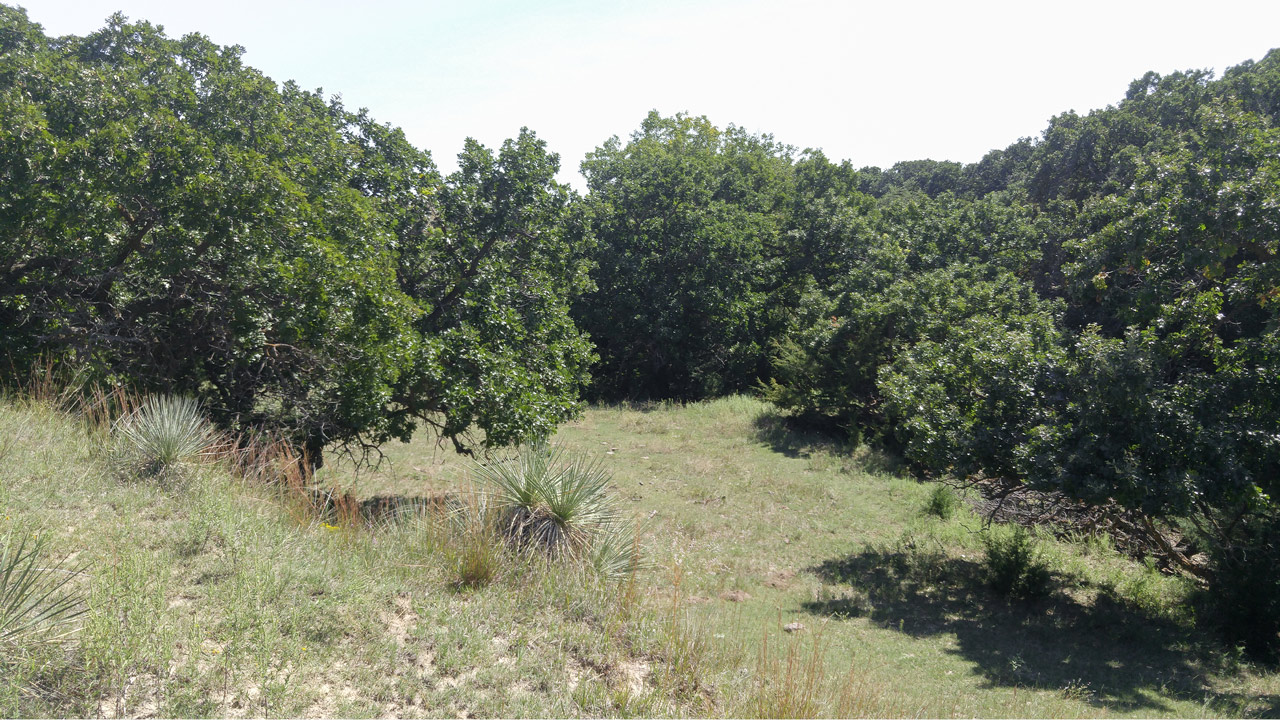
Burr Oak Canyon
One location the Byers and their team collect seeds from is particularly special and contains an oak variety found nowhere else in the world – Quercus macrocarpa ‘Relict’ from Burr Oak Canyon in Hitchcock County, Nebraska. The bur oaks in Burr Oak Canyon are a living reminder of a long-ago era when oak trees thrived across North America in the time after the last ice age ended about 10,000 years ago. The canyon’s name comes from an older spelling of “burr” oak, while “bur” oak is the accepted spelling today.
About 5,000 years ago, the climate became warmer and drier across the Great Plains – a situation more suited for grasses than for oaks – and the once plentiful trees disappeared across the prairies. That is, except for the isolated population sheltered in Burr Oak Canyon. There, the steep, two-mile-long canyon creates a microclimate protecting the trees from extreme heat, storms, prairie fires, and other challenges. This microclimate has allowed the remnant population of oaks – now numbering in the hundreds – to survive until the present day.
The ‘Relict’ bur oak is a hybrid, with each individual tree displaying a unique blend of characteristics from its two ancestors, post oak and gamble oak. The genetic diversity these trees contribute to the greater oak community is invaluable, and the Byers are on a mission to preserve it, along with the genetic diversity carried in all the native plants they grow.
Here in our Nursery Yard, we’re excited to offer some of these unique ‘Relict’ oaks grown by Great Plains Nursery along with other native bur and red oaks they’ve grown from locally sourced seed. Each tree is five years old, and their acorns were collected from counties all over Nebraska including Douglas, Lancaster, Howard, Fremont, and more. In our Nursery Yard, you’ll find the location of each one at the top of each plant’s descriptive sign – including those from Burr Oak Canyon.
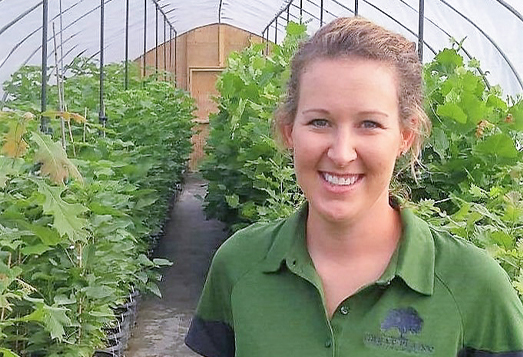

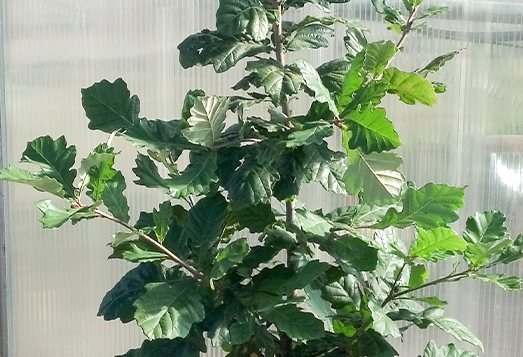
The Great Plains System
As a horticulture student in Lincoln, Heather noticed a lack of native plants in collections she saw across the nursery industry – and from there, the idea for Great Plains Nursery was born. She and her husband Brian have a heart for ecology, especially for understanding how native trees and plants play a role in the greater living community that includes insects, birds, and other wildlife. At their nursery, they developed a specialized process to grow trees that combines the natural resilience of native species with a proven method for developing the strong root systems needed to power healthy, long-lived plants. Recently, we spoke with Heather about this system – called the Great Plains System – and how it creates strong trees capable of contributing to their local living community for years to come.
The process starts with collecting seed from carefully selected native trees that have proven their toughness in Nebraska’s climate. Heather says she and her team look for naturally growing, uncultivated stands of large, mature trees. By surviving in the natural landscape without being planted or cared for by people, these old trees show Heather that they have the genetic makeup to survive for generations under whatever challenges our variable climate can throw at them. To get a good representative sample of these resilient genes, Heather tries to collect seeds from several different trees in each stand.
Once collected, the Great Plains Nursery team plants the seeds in trays. After germination, the growing seedlings are upshifted into a series of larger containers designed to encourage a healthy, fibrous root system. The first trays and pots encourage fibrous roots through a process called air-pruning. Air-pruning happens when the growing roots emerge through small holes in the containers and are exposed to dry outside air. This exposure to air causes the emerging root tips to die back, which stimulates lots of new branching in the roots. As the trees grow, they’re moved to containers that encourage root branching by other methods. The result is a full, fibrous root system with lots of root tips, which Heather says are the part of the roots responsible for the tree’s ability to efficiently take up water and nutrients.
In addition to encouraging healthy roots, Great Plains Nursery also uses limited and deliberate pruning techniques designed to increase the strength and stamina of their trees. Heather says they prune only as needed to encourage a straight central leader and balanced branching. This limited approach means their trees are branched lower than you normally see on young trees, and it emphasizes the development of trunk width – called caliper – before the height. A strong trunk and a healthy root system create a tree that’s strong, transplants easily, and survives in our challenging climate for generations.
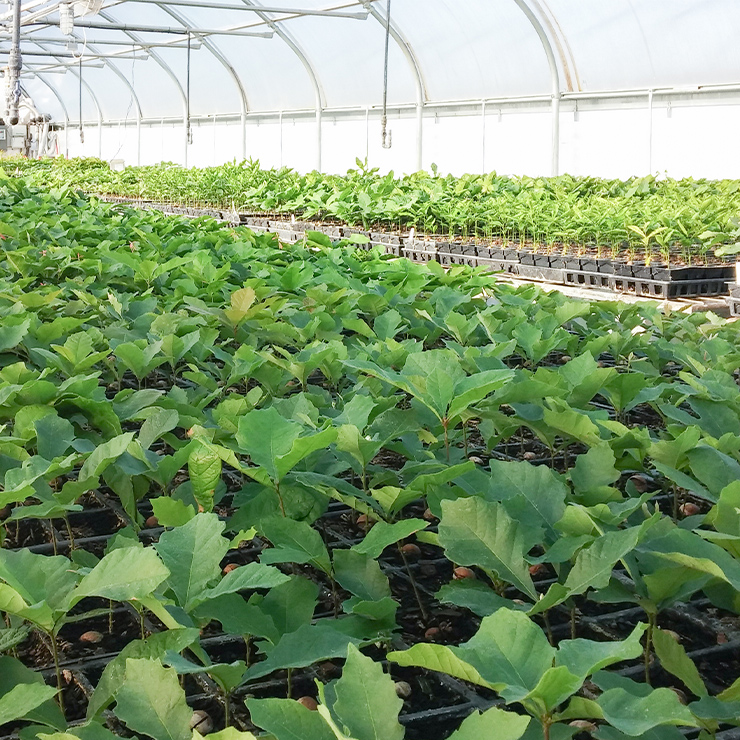

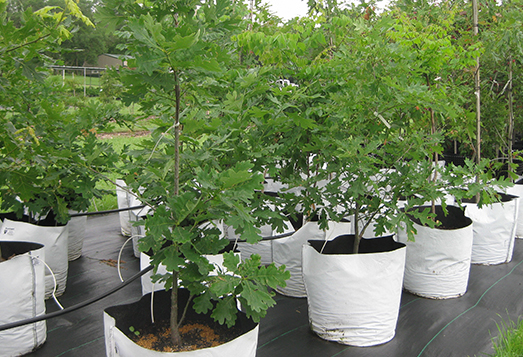
Come Meet Heather + Learn More
We’re excited to welcome Heather to our Greenhouse on June 15th at 9am for Urban Forests, a seminar where Heather will share her passion for native trees and their important role in our urban ecosystem. She’ll share about some of her favorite native trees for Nebraska landscapes, and you’ll learn how native plants and diverse plantings help create more sustainable urban landscapes. We hope you’ll join us to learn how you can support a healthy urban forest here in Omaha.

